Learn what kind of a threat the Yandex Search redirect virus is and how to remove it from a Mac computer so that the browsers work as intended.
| Threat Profile | |
|---|---|
| Name | Yandex Search redirect virus |
| Threat Category | Mac browser hijacker, redirect virus, PUP |
| Related Domains | yandex.com, yandex.ru, ya.ru |
| Symptoms | Redirects web browser to Yandex Search, adds sponsored content to search results, causes system slowdown, resists regular removal |
| Distribution Techniques | Malware-riddled bundles, spam |
| Severity Level | Medium |
| Damage | Unwanted changes of browser preferences, privacy issues due to Internet activity tracking, search redirects, ads above the fold |
| Removal | Scan your Mac with Combo Cleaner to detect all files related to the browser hijacker. Use the tool to remove the infection if found. |
What is the Yandex Search redirect virus on Mac?
The ability to specify web search preferences is a stepping stone to a seamless user experience. Ideally, it works according to the “set it and forget it” principle, but malware makers have tricks up their sleeve to make the whole niftiness go down the drain. One such style of cyberattack involves what’s called browser hijackers such as the Yandex Search redirect virus. This strain of malicious code shows up on a Mac computer unannounced and revamps the search settings of the victim’s web browsers without asking for consent. The endgame of this interference is really frustrating: whenever the user enters search terms in Safari, Google Chrome, Mozilla Firefox, or whatever their favorite browser is, the traffic follows a skewed path leading to yandex.com or one of its spinoffs, yandex.ru or ya.ru.
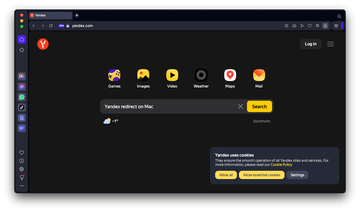
The *.ru locale of the landing page offers a straightforward clue about the origin of this service. Yandex is a Russian search engine, and as such, was initially tailored to Russian-speaking audiences. Over time, this provider – sometimes dubbed “Russia’s Google” – extended its reach beyond that region, which explains the existence of the *.com top-level domain (TLD). It has also gained notoriety for being involved in the Kremlin’s propaganda. The shady undercurrents of its activities have included a good deal of disinformation and other forms of psychological operations (PSYOP) largely focused on Ukraine, a country in the crosshairs of the Russian monstrous military machine and state-sponsored cybercrime. These campaigns unearth ties between the aggressor state’s government and the internet behemoth Yandex. It comes as no surprise that it’s been banned from use in Ukraine for years. So much for the background, which clearly illustrates controversial hallmarks of the company in question.
Yandex Search redirect virus may re-infect your Mac multiple times unless you delete all of its fragments, including hidden ones. Therefore, it is recommended to download Combo Cleaner and scan your system for these stubborn files. This way, you may reduce the cleanup time from hours to minutes.
Download Now Learn how Combo Cleaner works. If the utility spots malicious code, you will need to buy a license to get rid of it.Back to the point, not only is Yandex an element of the Kremlin’s abominable disinformation strategies around the world, but it’s reportedly also a part of cybercrime operations with the flavor of traffic monetization. This is the case with an ongoing stratagem where sneaky malware takes over web browsers on Macs and forces hits to yandex.com or other domains under the search engine’s umbrella. In the course of the foul play, the infection sprinkles a series of files throughout the host system. These files are Launch Agents, Launch Daemons, Application Support objects, and temporary data aimed at establishing and maintaining persistence on the breached machine. Another manifestation of the virus’ stubborn essence is the emergence of a macOS configuration profile that lays the groundwork for a lasting attack through control at the level of administrative settings.

A telltale sign of compromise is the presence of Yandex on the list of search engines the user can choose from. Interestingly, it will have a checkmark next to it (see screenshot above) although the victim never knowingly selected it as the default one. In many scenarios, the custom new tab page and homepage settings end up being hijacked in the same way. This complex takeover makes the user stuck with yandex.com for both searching and regular web surfing, and its cross-browser gist prevents easy workaround, since switching to alternative internet navigation software doesn’t help.
None of this mess would happen if the user exercised due vigilance when online. The operators of the Yandex Search redirect virus follow a bundling logic to spread their nasty on a large scale. Contamination starts with an instance of downloading a harmless-looking application installer off of a dubious resource. This can be preceded by a pop-up on a rogue or compromised website stating that some software is out of date, wrongfully reporting dangerous malware on the Mac, or claiming that the user needs a special program or codec to watch a video. This installer, albeit not obviously, contains additional items that slither into the system alongside the main app. One of these extras triggers the Yandex redirect activity without displaying a permission request or interacting with the user in any other clear way. Predictably, the problem won’t get sorted on its own. The victim must make an effort to remove the mischievous software and tweak browser settings back to their normal state. This is what the following paragraphs cover in detail.
Yandex Search redirect virus manual removal for Mac
The steps listed below will walk you through the removal of this malicious application. Be sure to follow the instructions in the specified order.
Expand the Go menu in your Mac’s Finder bar and select Utilities as shown below.
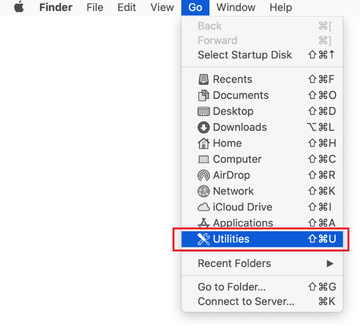
Locate the Activity Monitor icon on the Utilities screen and double-click on it.
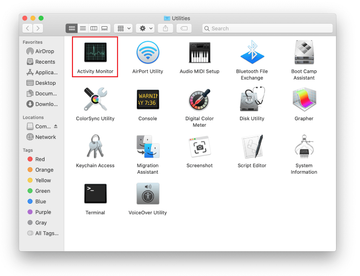
In the Activity Monitor app, look for Yandex Search or another process that appears suspicious. To narrow down your search, focus on unfamiliar resource-intensive entries on the list. Keep in mind that its name isn’t necessarily related to the way the threat is manifesting itself, so you’ll need to trust your own judgement. If you pinpoint the culprit, select it and click on the Stop icon in the upper left-hand corner of the screen.
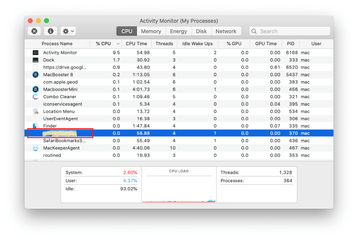
When a follow-up dialog pops up asking if you are sure you want to quit the troublemaking process, select the Force Quit option.
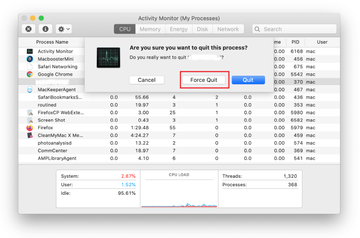
Click on the Go menu icon in the Finder again and select Go to Folder. You can as well use the Command-Shift-G keyboard shortcut.
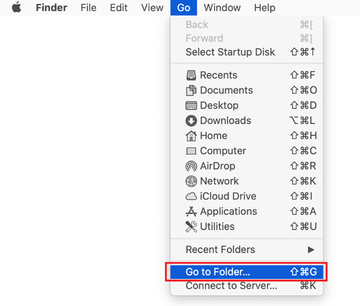
Type /Library/LaunchAgents in the folder search dialog and click on the Go button.

Examine the contents of the LaunchAgents folder for dubious-looking items. Be advised that the names of files spawned by malware may give no clear clues that they are malicious, so you should look for recently added entities that appear to deviate from the norm.
As an illustration, here are several examples of LaunchAgents related to mainstream Mac infections: com.pcv.hlpramc.plist, com.updater.mcy.plist, com.avickUpd.plist, and com.msp.agent.plist. If you spot files that don’t belong on the list, go ahead and drag them to the Trash.
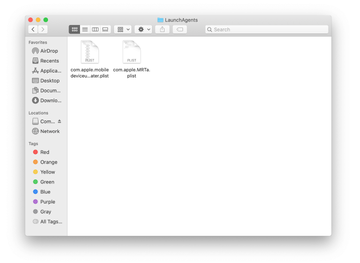
Use the Go to Folder lookup feature again to navigate to the folder named ~/Library/Application Support (note the tilde symbol prepended to the path).
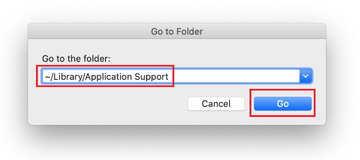
When the Application Support directory is opened, identify recently generated suspicious folders in it and send them to the Trash. A quick tip is to look for items whose names have nothing to do with Apple products or apps you knowingly installed. A few examples of known-malicious folder names are com.AuraSearchDaemon, ProgressSite, and IdeaShared.
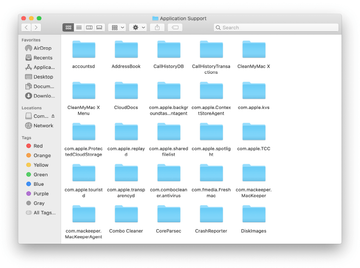
Enter ~/Library/LaunchAgents string (don’t forget to include the tilde character) in the Go to Folder search area.
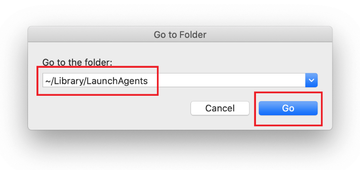
The system will display LaunchAgents residing in the current user’s Home directory. Look for dodgy items related to the Yandex redirect virus (see logic highlighted in subsections above) and drag the suspects to the Trash.
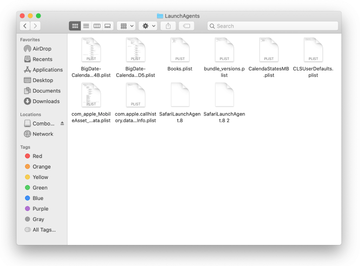
Type /Library/LaunchDaemons in the Go to Folder search field.

In the LaunchDaemons path, try to pinpoint the files the malware is using for persistence. Several examples of such items cropped by Mac infections are com.ConnectionCache.system.plist and com.mulkeyd.plist. Delete the sketchy files immediately.
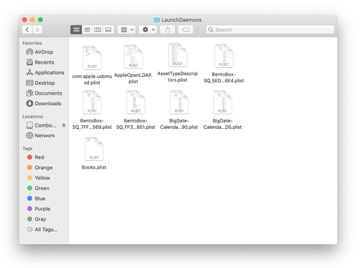
Click on the Go menu icon in your Mac’s Finder and select Applications on the list.
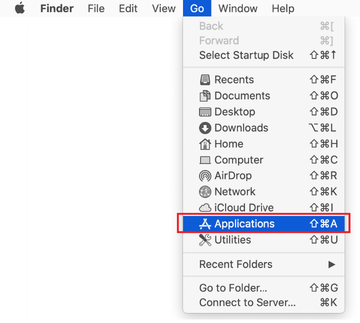
Find the entry for an app that clearly doesn’t belong there and move it to the Trash. If this action requires your admin password for confirmation, go ahead and enter it.
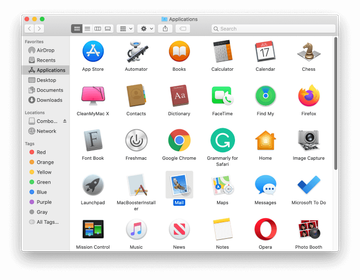
Expand the Apple menu and select System Preferences.
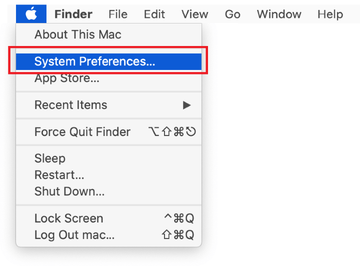
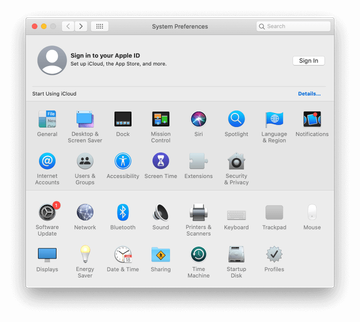
Proceed to Users & Groups and click on the Login Items tab.
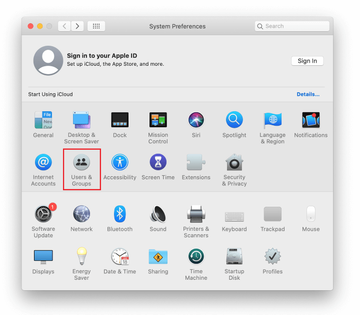
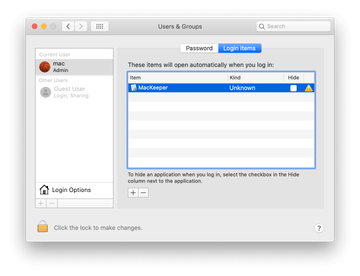
Now select Profiles under System Preferences. Look for a malicious item in the left-hand sidebar. Several examples of configuration profiles created by Mac adware include Chrome Settings, AdminPrefs, MainSearchPlatform, and Safari Preferences. Select the offending entity and click on the minus sign at the bottom to eliminate it.
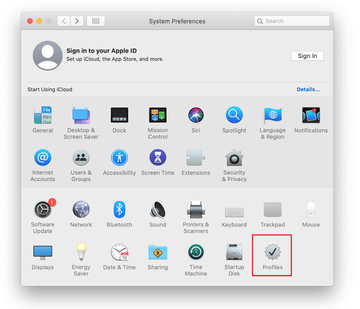
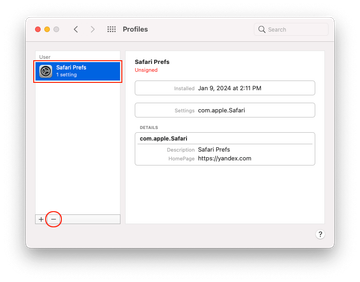
Get rid of Yandex Search redirect virus in web browser on Mac
To begin with, the web browser settings taken over by the Yandex Search redirect virus should be restored to their default values. Although this will clear most of your customizations, web surfing history, and all temporary data stored by websites, the malicious interference should be terminated likewise. The overview of the steps for completing this procedure is as follows:
- Remove Yandex Search redirect virus from Safari
Open the browser and go to Safari menu. Select Preferences in the drop-down list.
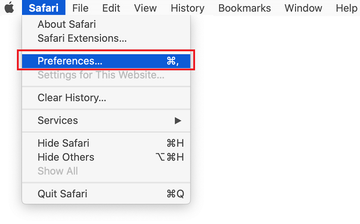
Once the Preferences screen appears, click on the Advanced tab and enable the option saying “Show Develop menu in menu bar”.
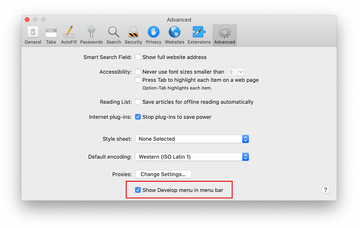
Now that the Develop entry has been added to the Safari menu, expand it and click on Empty Caches.
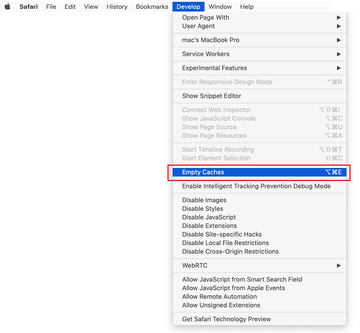
Now select History in the Safari menu and click on Clear History in the drop-down list.
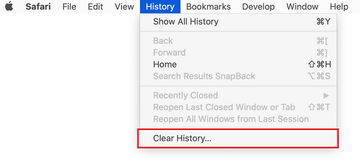
Safari will display a dialog asking you to specify the period of time this action will apply to. Select all history to ensure a maximum effect. Click on the Clear History button to confirm and exit.
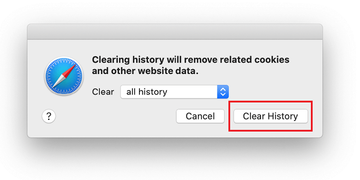
Go back to the Safari Preferences and hit the Privacy tab at the top. Find the option that says Manage Website Data and click on it.

The browser will display a follow-up screen listing the websites that have stored data about your Internet activities. This dialog additionally includes a brief description of what the removal does: you may be logged out of some services and encounter other changes of website behavior after the procedure. If you’re okay with that, go ahead and click on the Remove All button.
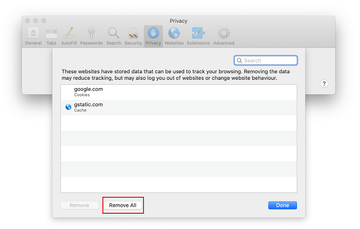
Restart Safari
- Remove Yandex Search redirect in Google Chrome
Open Chrome, click the Customize and control Google Chrome (⁝) icon in the top right-hand part of the window, and select Settings in the drop-down
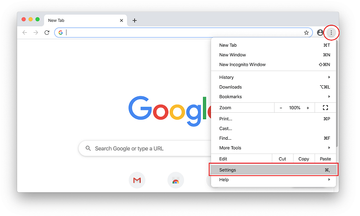
When on the Settings pane, select Advanced
Scroll down to the Reset settings section.
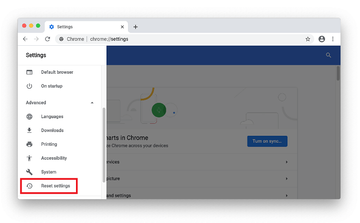
Confirm the Chrome reset on a dialog that will pop up. When the procedure is completed, relaunch the browser and check it for malware activity.
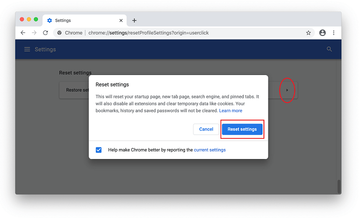
- Remove Yandex Search redirect from Mozilla Firefox
Open Firefox and go to Help – Troubleshooting Information (or type about:support in the URL bar and press Enter).
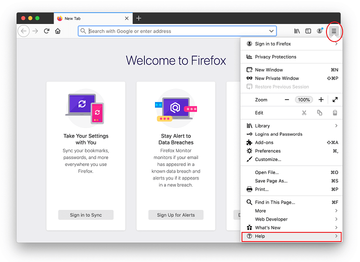
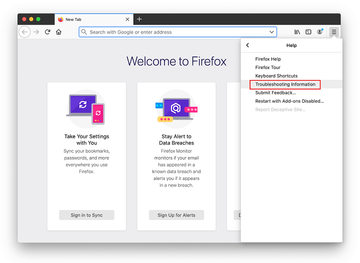
When on the Troubleshooting Information screen, click on the Refresh Firefox button.
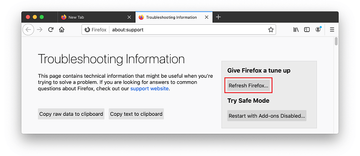
Confirm the intended changes and restart Firefox.
Get rid of Yandex Search redirect virus using Combo Cleaner removal tool
The Mac maintenance and security app called Combo Cleaner is a one-stop tool to detect and remove Yandex Search redirect virus. This technique has substantial benefits over manual cleanup, because the utility gets hourly virus definition updates and can accurately spot even the newest Mac infections.
Furthermore, the automatic solution will find the core files of the malware deep down the system structure, which might otherwise be a challenge to locate. Here’s a walkthrough to sort out the Yandex Search redirect issue using Combo Cleaner:
Download Combo Cleaner installer. When done, double-click the combocleaner.dmg file and follow the prompts to install the tool onto your Mac.
By downloading any applications recommended on this website you agree to our Terms and Conditions and Privacy Policy. The free scanner checks whether your Mac is infected. To get rid of malware, you need to purchase the Premium version of Combo Cleaner.
Open the app from your Launchpad and let it run an update of the malware signature database to make sure it can identify the latest threats.
Click the Start Combo Scan button to check your Mac for malicious activity as well as performance issues.

Examine the scan results. If the report says “No Threats”, then you are on the right track with the manual cleaning and can safely proceed to tidy up the web browser that may continue to act up due to the after-effects of the malware attack (see instructions above).
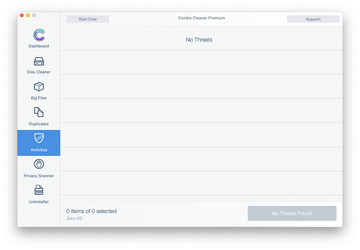
In case Combo Cleaner has detected malicious code, click the Remove Selected Items button and have the utility remove Yandex Search redirect threat along with any other viruses, PUPs (potentially unwanted programs), or junk files that don’t belong on your Mac.
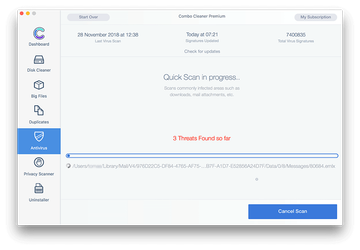
Once you have made doubly sure that the malicious app is uninstalled, the browser-level troubleshooting might still be on your to-do list. If your preferred browser is affected, resort to the previous section of this tutorial to revert to hassle-free web surfing.
